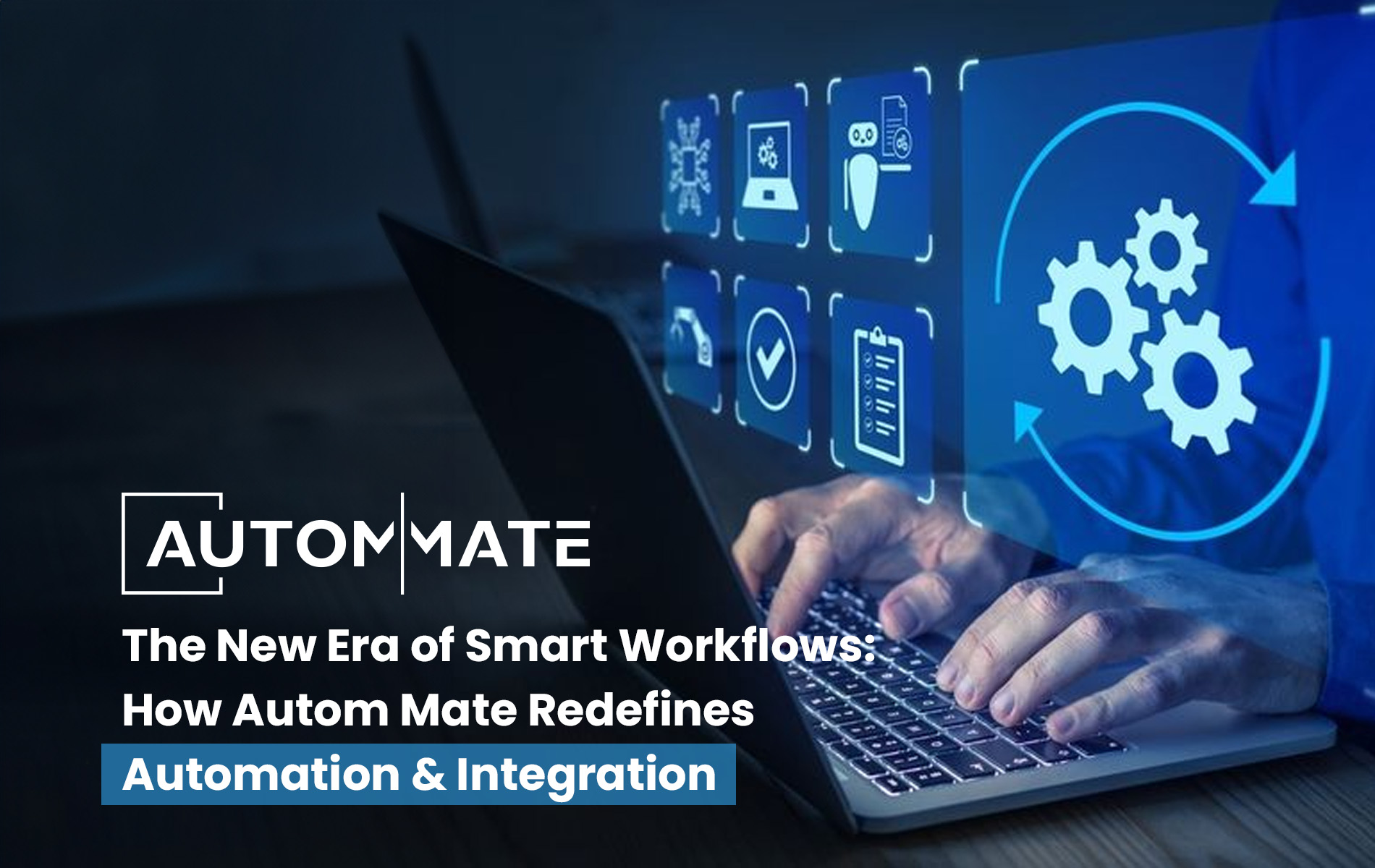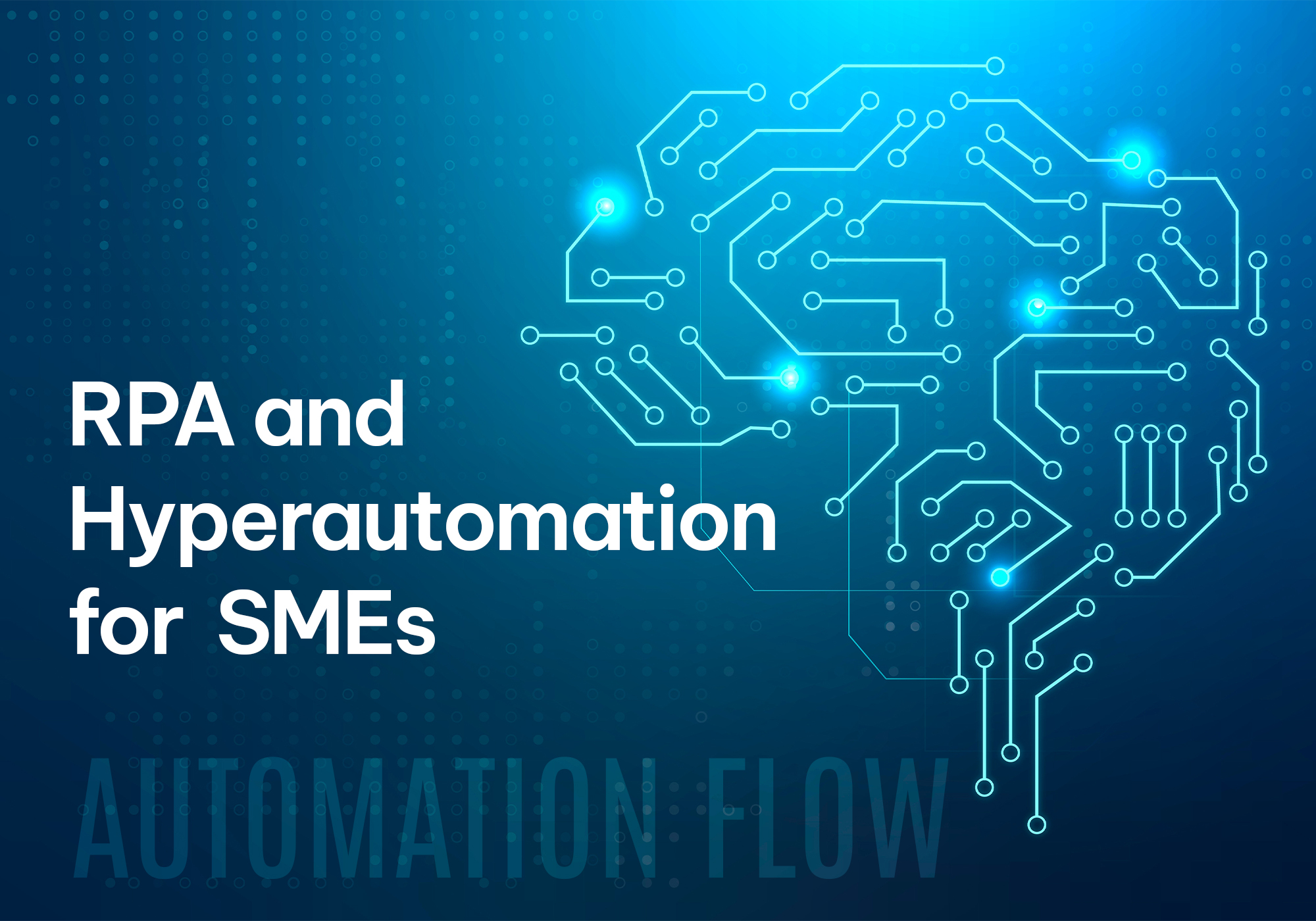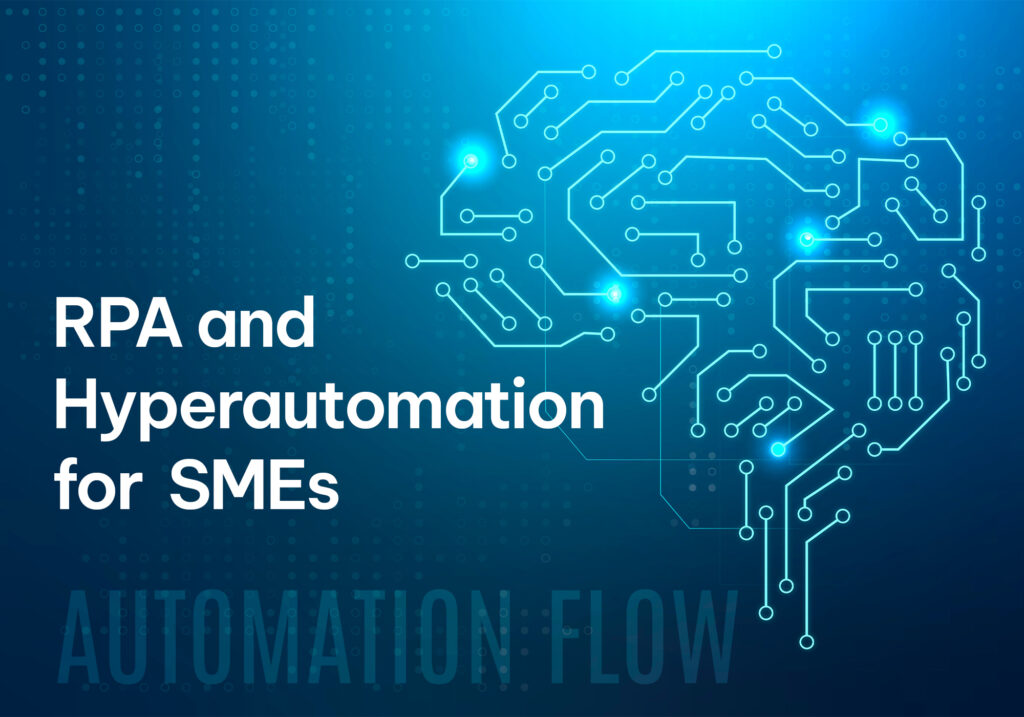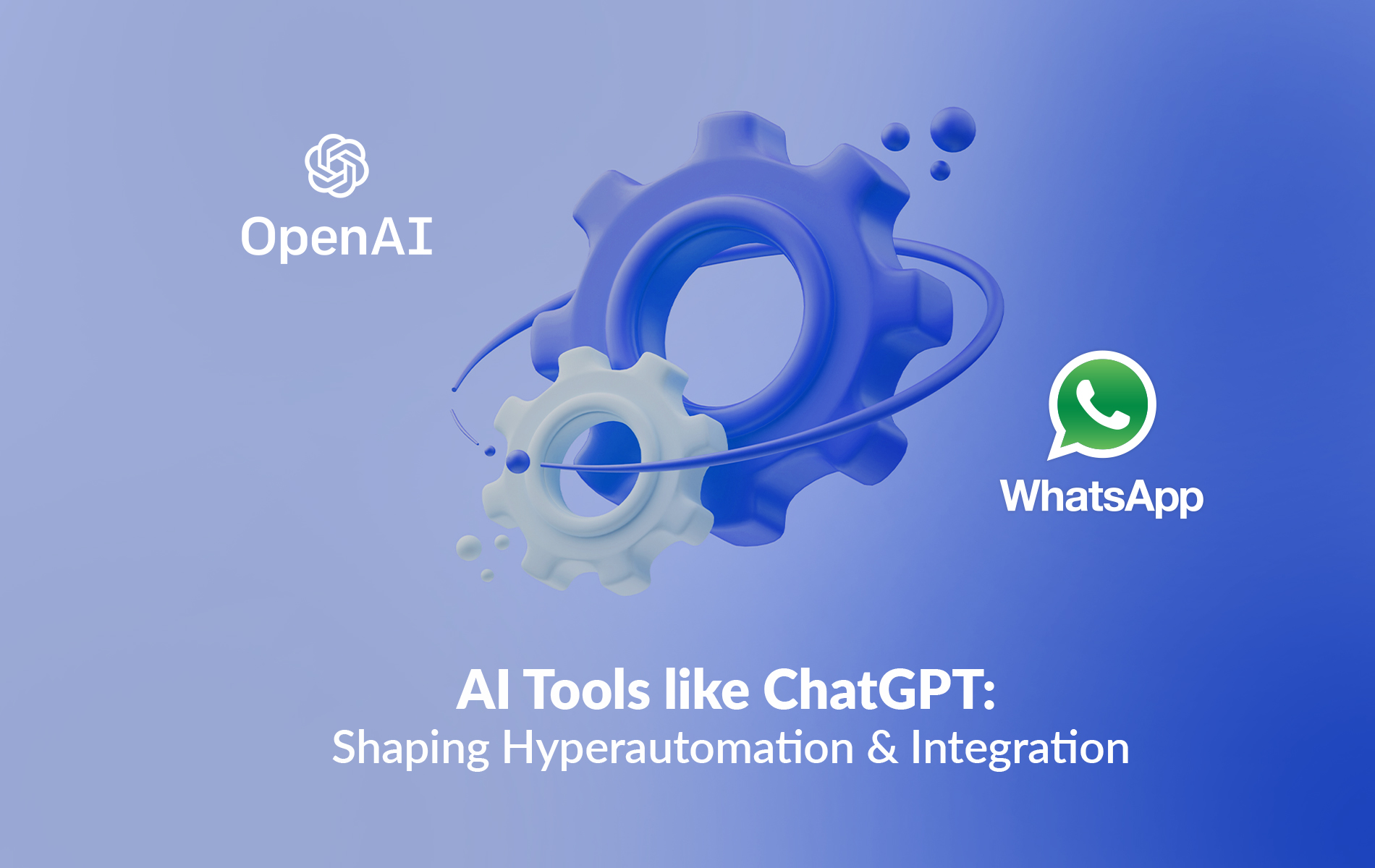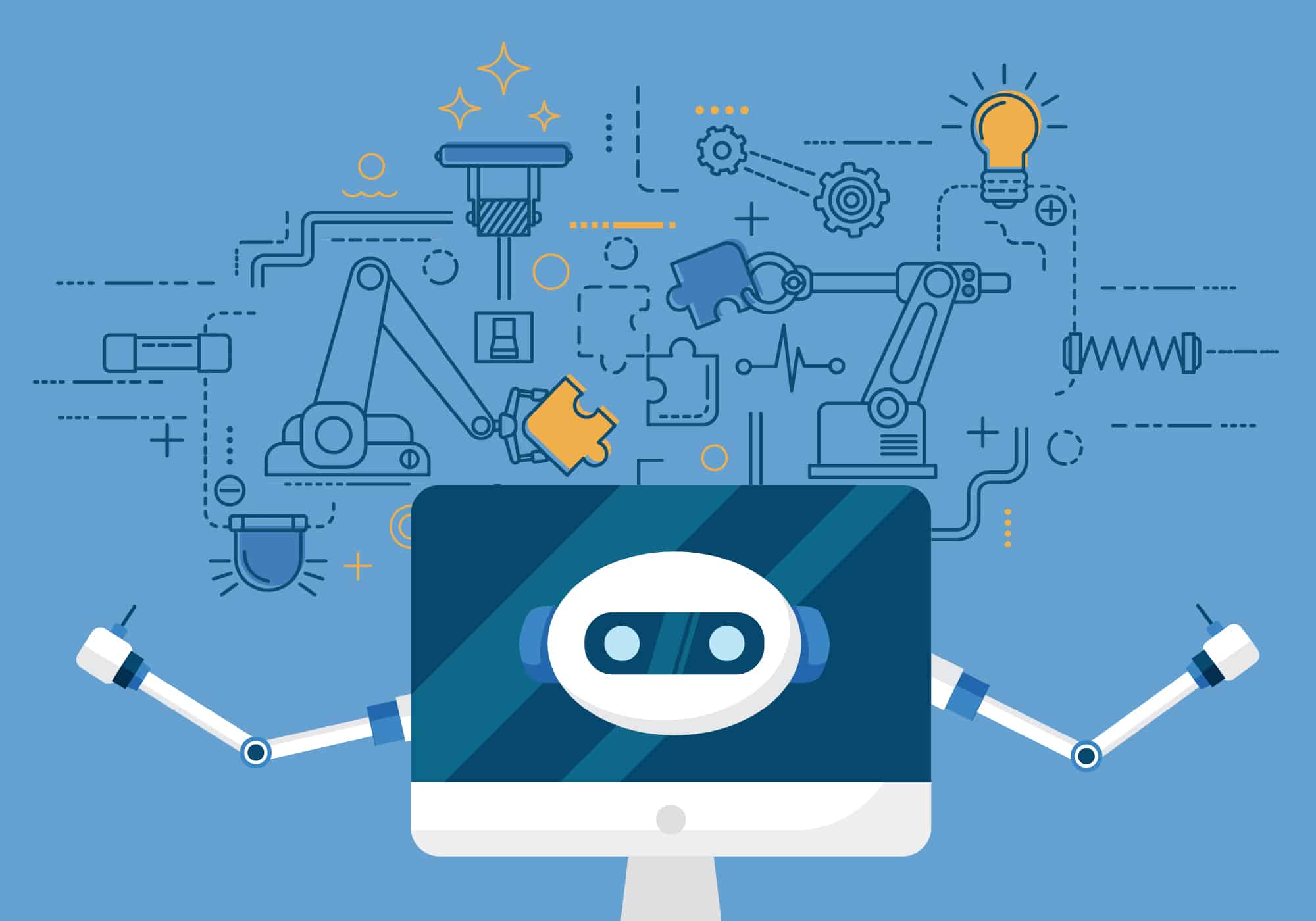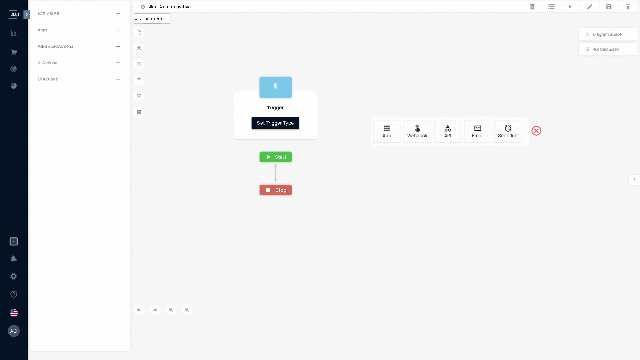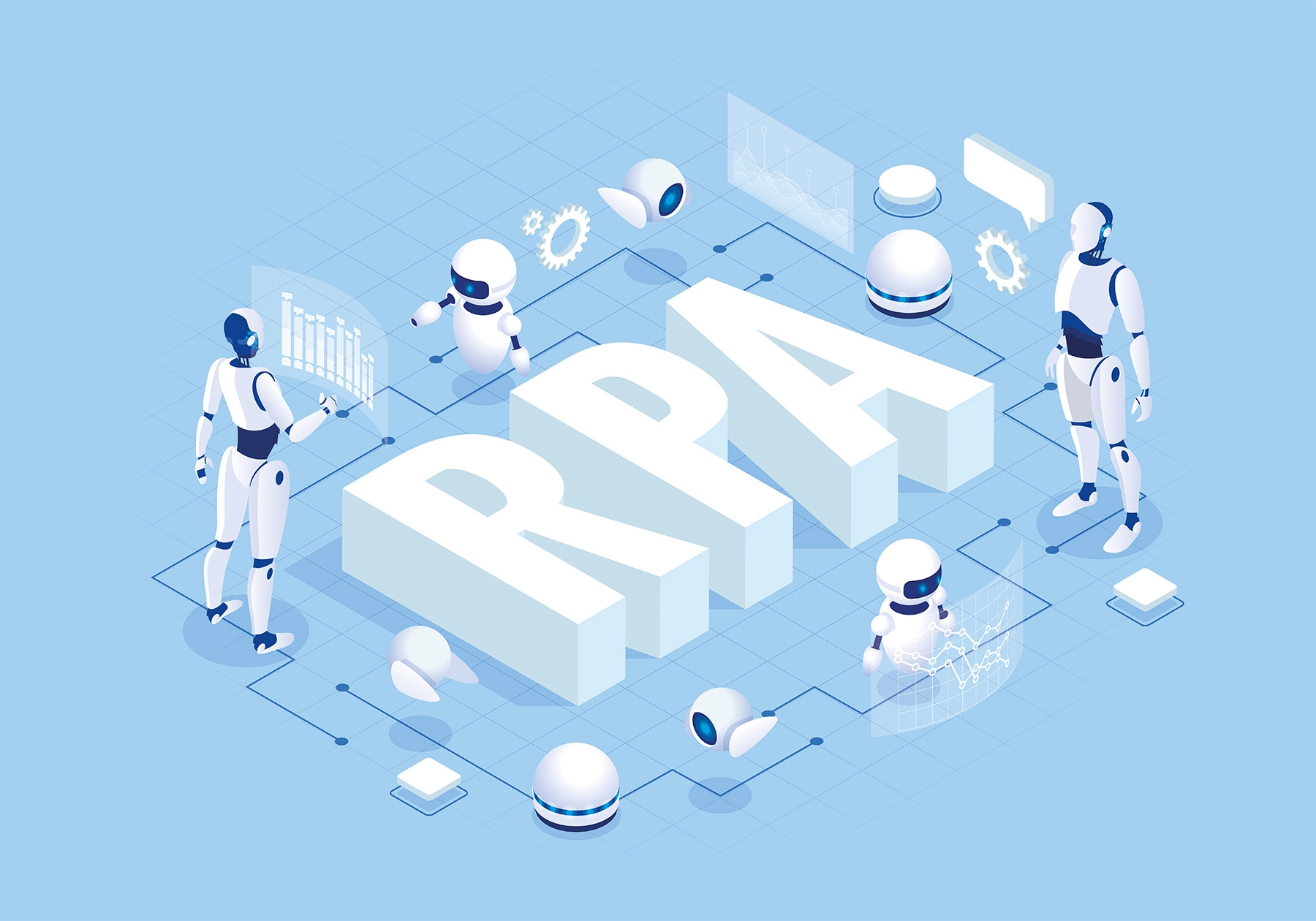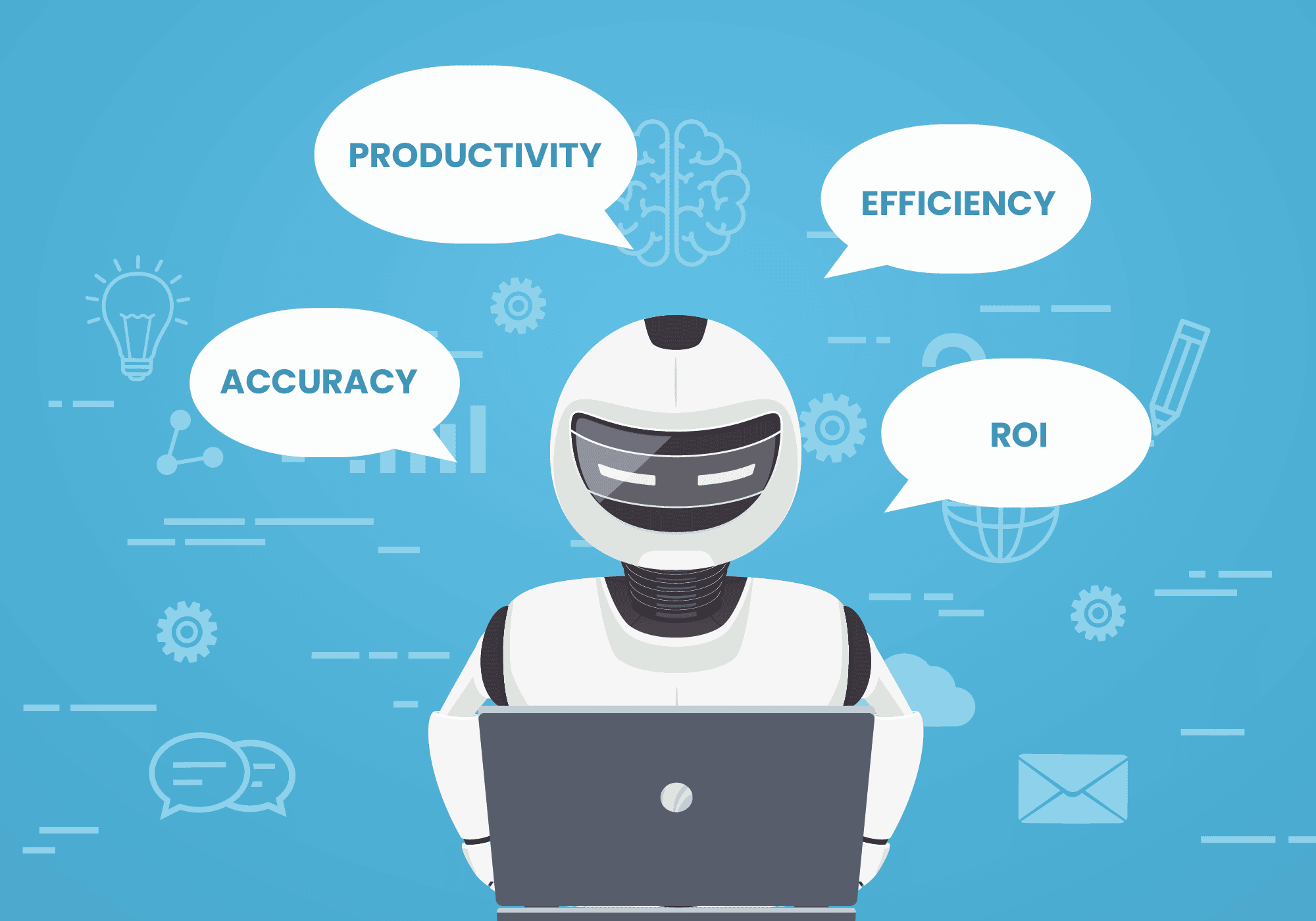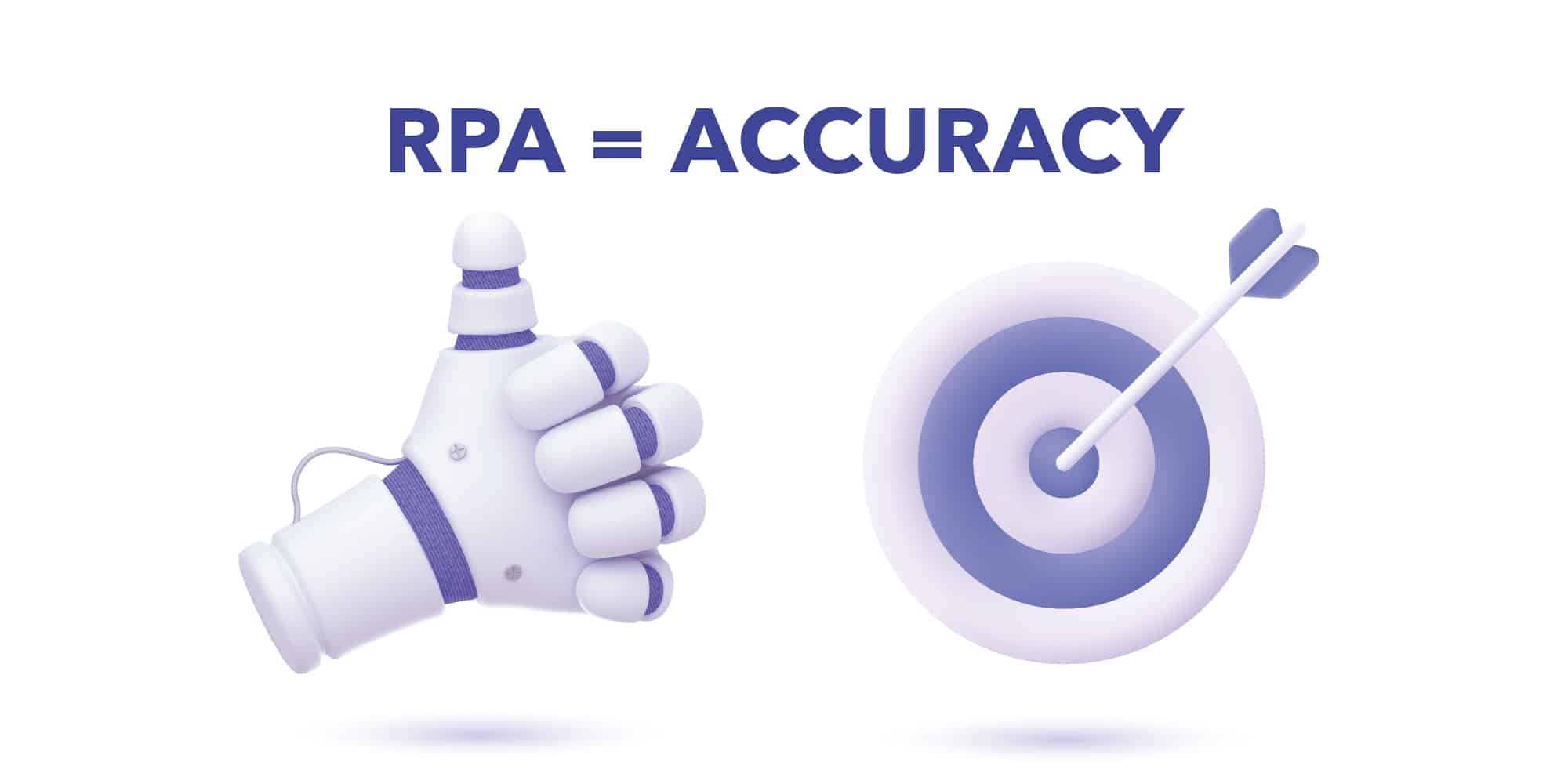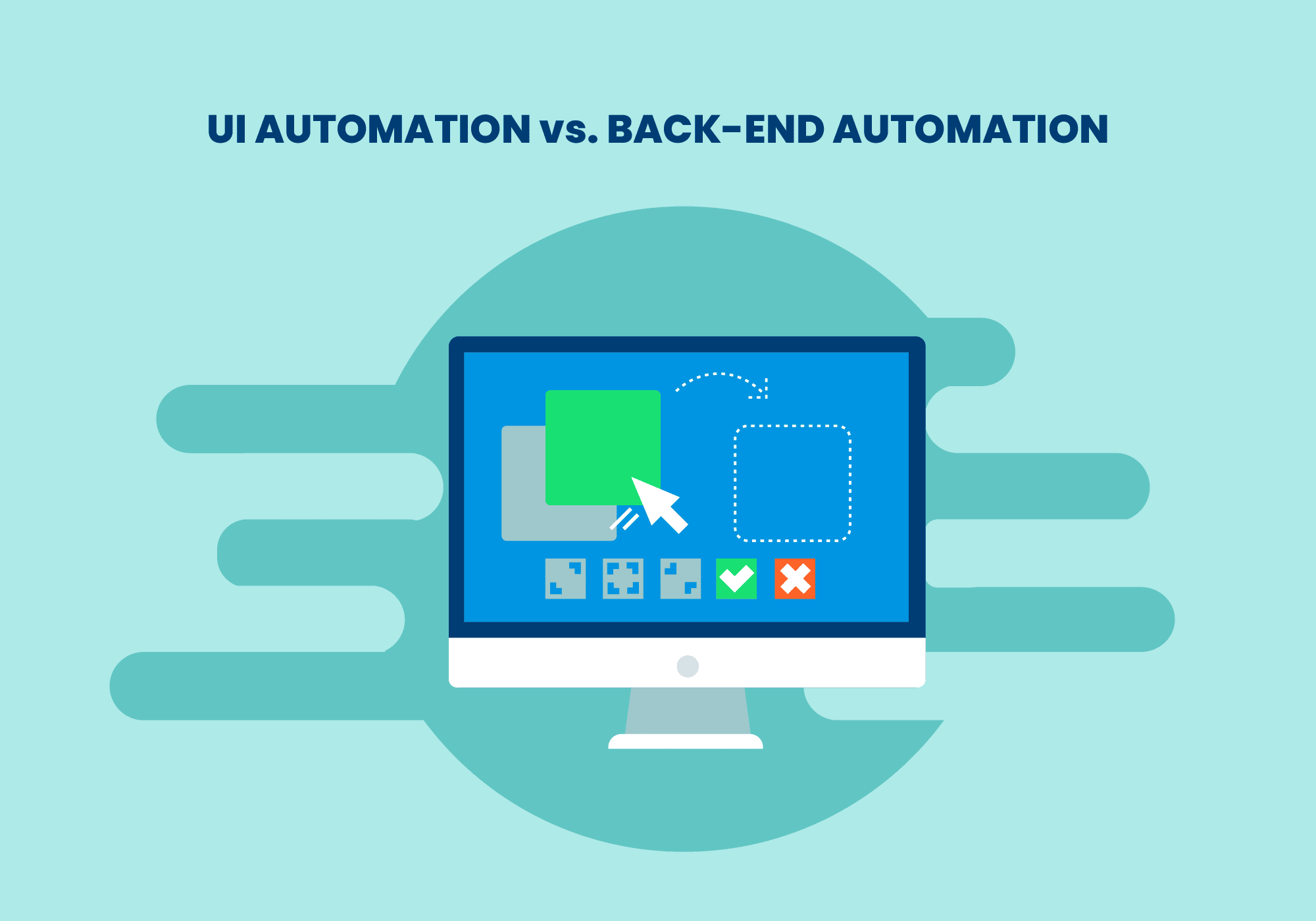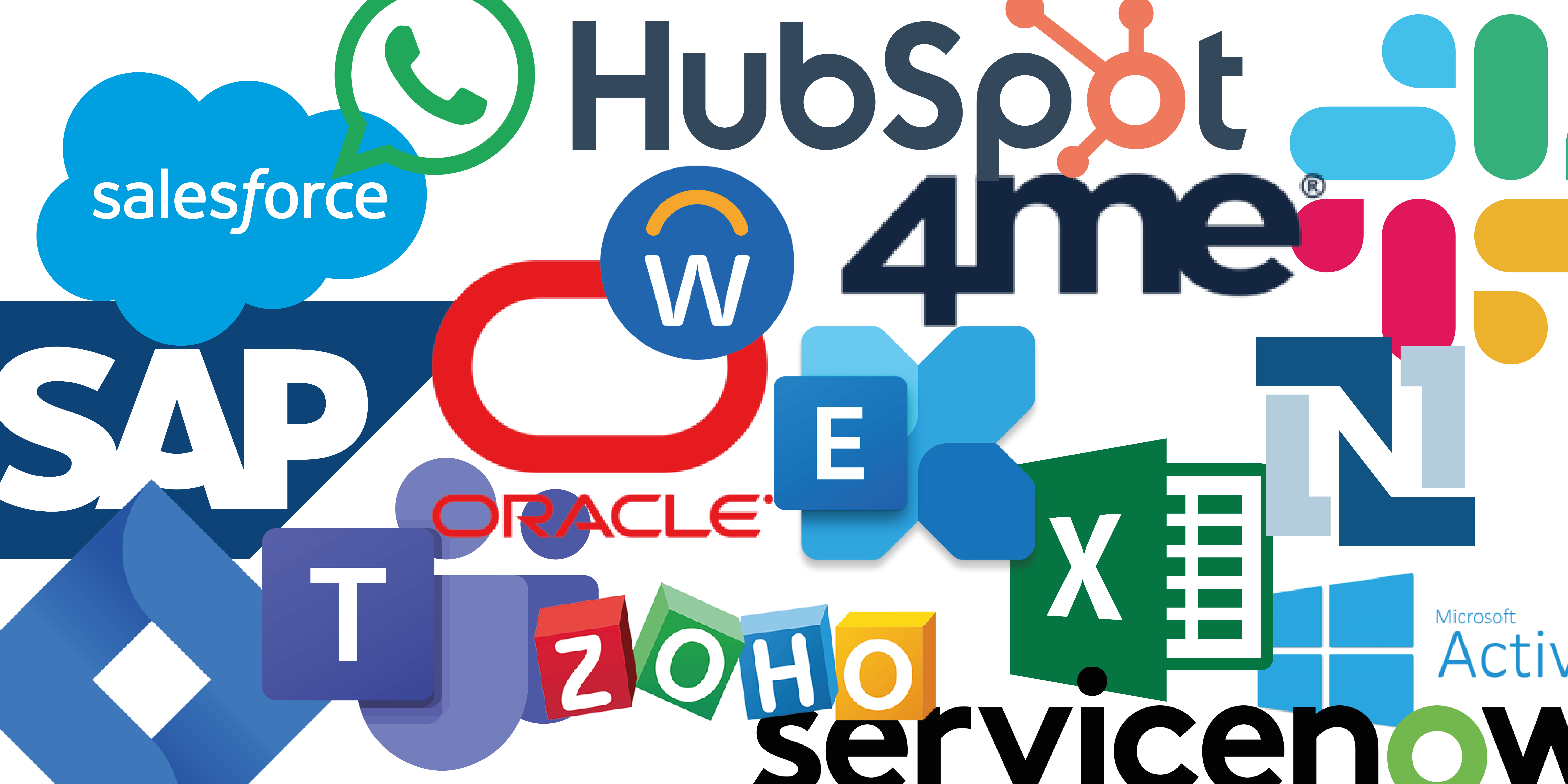In today’s digital age, businesses are generating vast amounts of data every day. With data coming from multiple sources, it can be challenging to manage and integrate it efficiently. That’s where iPaaS comes in. iPaaS, or integration platform as a service, is a cloud-based solution that helps businesses connect their various applications and data sources.
According to a report by MarketsandMarkets, the iPaaS market size is expected to grow from USD 3.7 billion in 2021 to USD 13.9 billion by 2026. This significant growth highlights the importance of iPaaS in today’s digital landscape. With iPaaS, businesses can integrate their data and applications seamlessly, enabling them to improve their efficiency, productivity, and customer satisfaction. In this blog post, we’ll explore how iPaaS can boost your business performance in five ways.

iPaaS for E-commerce
E-commerce stores have complex operations that involve multiple processes, such as order management, inventory management, and accounting. iPaaS can help these stores streamline their operations by connecting their e-commerce software and accounting apps. This integration can enable them to sync orders, invoices, inventory, and customer data automatically. With this automation, businesses can avoid errors and delays and provide a better customer experience.
Shopify, a popular e-commerce platform, uses iPaaS to connect with QuickBooks Online. This integration helps Shopify merchants sync their sales data, inventory levels, taxes, and more. This automation saves them time and resources, which they can use to grow their business.
iPaaS for Analytics
Analytics is an essential component of business intelligence. Businesses use analytics to gain insights into their data, identify trends, and make informed decisions. However, data comes from various sources, and consolidating it can be challenging. iPaaS can help businesses integrate data from different sources, such as applications and data warehouse sources, for analytics and reporting. Businesses can create a unified view of their data by connecting data from various applications and data warehouse sources. This not only makes it easier to analyse the data but also enables businesses to make better-informed decisions.
For example, Tableau, a leading business intelligence tool, uses iPaaS to connect with different data sources, such as Google Analytics, Salesforce, and MySQL. The integration enables Tableau users to access and analyse data from various sources in one place, saving them time and resources. As a matter of fact, in a study, 92% of businesses use cloud-based systems and, accordingly, iPaaS technology, one way or another.
Data Migration
As technology evolves, businesses need to upgrade their systems to keep up with the latest trends. However, migrating from legacy systems to modern ones can be demanding, as it can disrupt business processes and lead to data loss. iPaaS can help businesses migrate their data without affecting their workflows or data quality.
- A business that has been using an outdated system to manage its customer data can migrate to a modern CRM system using iPaaS. iPaaS can extract data from the old system and load it into the new system without disrupting the business processes.
- iPaaS can help businesses migrate from legacy systems to modern ones without affecting their workflows or data quality.
- For instance, Del Monte used iPaaS to help migrate their data to the new system. The iPaaS solution enabled Del Monte to map its data to the new system and ensured that all data was migrated successfully. This helped the company to avoid any disruptions to their workflows, and they were able to realise the benefits of the new ERP system quickly.
iPaaS for Process Automation
Businesses have several repetitive tasks that are time-consuming and tedious. These tasks can be automated using iPaaS by connecting different apps and services. Businesses can save time and resources by automating these tasks, enabling them to focus on their core activities.
In this context, Mailchimp uses iPaaS to automate email marketing campaigns. Mailchimp connects with Shopify, Facebook Ads Manager, WordPress, and other apps to automate the email marketing process, saving businesses time and resources.
iPaaS is an important technology that can help businesses integrate data and apps and improve their performance. By using iPaaS, businesses can streamline their operations, access and analyse data from various sources, migrate from legacy systems to modern ones, automate repetitive tasks, and enable seamless integration with other apps and services.
According to a study by Statista, the average number of applications used by businesses in 2021 was determined as 110. The research also includes that businesses benefit from SaaS and iPaaS technologies to use these applications more effectively.
iPaaS for API Generation
APIs, or application programming interfaces, enable different systems to communicate with each other. They enable businesses to integrate their systems seamlessly, enabling them to provide a better customer experience. iPaaS can help businesses create APIs automatically from existing data sources, making it easier to connect with other apps and services.
APIs are an important component of modern software development, as they enable integration between different systems. By generating APIs automatically, businesses can enable seamless integration with other apps and services.
One example of an iPaaS solution for API generation is DreamFactory. DreamFactory is an open-source platform that can generate RESTful APIs for any database or file storage system. With DreamFactory, businesses can easily create APIs for their existing data sources and enable seamless integration with other systems.
Boost Your Business Performance with Autom Mate
Autom Mate is a cloud-based integration platform that can make it easier for businesses to use iPaaS. The platform offers a no-code interface that enables users to connect different apps and services without the need for coding or technical expertise.
- With Autom Mate, businesses can quickly create workflows to automate various processes, such as order fulfilment, invoicing, and email marketing. The platform supports more than 250 integrations, including popular apps such as Salesforce, Shopify, QuickBooks Online, Mailchimp, and Google Analytics.
- Autom Mate also offers powerful data mapping and transformation tools that enable businesses to map data between different systems and transform it as needed.
- One of the advantages of using Autom Mate is that it offers a drag-and-drop interface that makes it easy to create and modify workflows. Users can also set up triggers and schedules to automate workflows based on specific events or time intervals.
- Another benefit of Autom Mate is that it offers robust reporting and analytics capabilities. Businesses can track the performance of their workflows and see metrics such as how many workflows were run, how many succeeded, and how many failed, which can help businesses identify and fix any issues quickly.
In summary, Autom Mate is a powerful iPaaS platform that can help businesses streamline their operations, improve their efficiency, and save time and resources. With its intuitive interface, powerful data mapping and transformation tools, and robust reporting and analytics capabilities, Automate.com is an excellent choice for businesses of all sizes looking to leverage the power of iPaaS.

